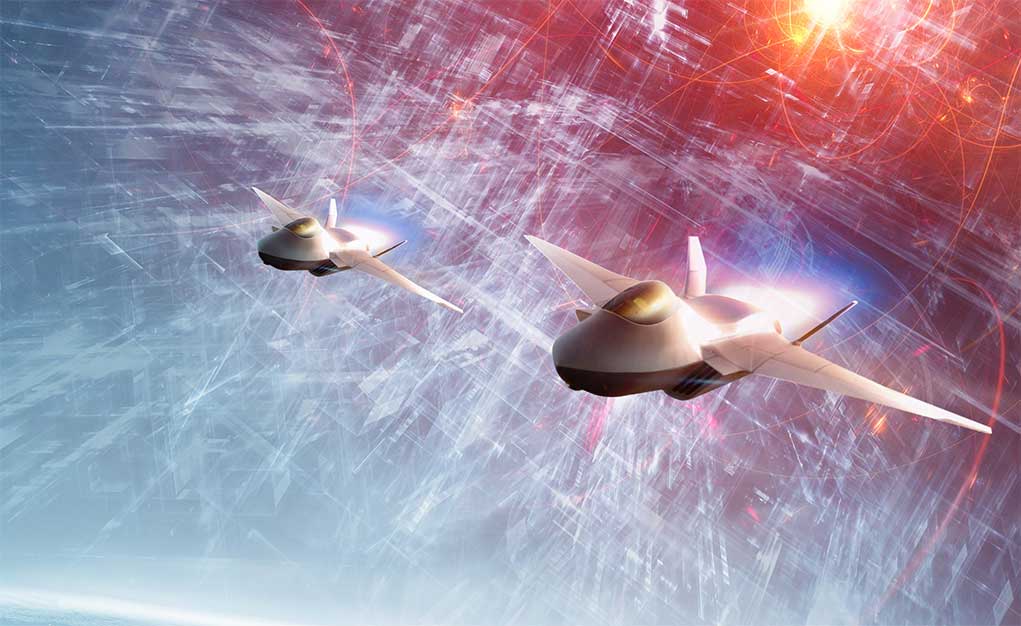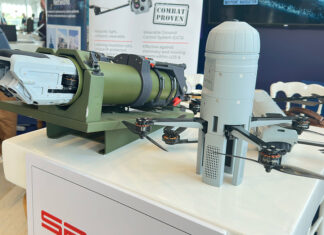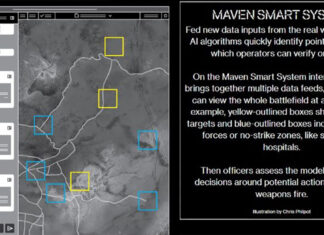The Spanish electronics consortium Indra announced it will lead the CROWN research and development project to develop and equip European fighters and other aircraft with a combined, software-defined radar, communications, and electronic defense enabling future aircraft to dominate the radioelectronic space. The goal is to develop a compact, yet a powerful avionic device that will be able to detect, track, and fix the target, and exchange data with other platforms on land, sea, and air and protect the platform by means of electronic attack. Future applications may also include ground and naval platforms.
CROWN will provide common electronic equipment including active electronic scan array (AESA) antennae that will integrate all functions into a single compact and lightweight equipment item, mounted at the aircraft nose cone or embedded in the fuselage, wings, or hung underwing in external pods (such as with unmanned aircraft). The development will also include the algorithms controlling the multi-function and optimal operation of those units.
The integration of multiple functions on common hardware and software will bring major advantages through the integration of active and passive electronic sensors, electronic defense (jamming and deception), and communications data links. With this capability, the radar adapts to operate in a congested and contested electronic environment. Electronic defense and attack could operate in synch, over the same hardware, along with communications that will gain range, bandwidth, data transfer capacity, and data link resilience.
Under its role as the CROWN project leader, Indra will coordinate the work of a European industries consortium formed by Thales, Office National D’Etudes et de Recherches Aerospatiales (ONERA), Hensoldt, Fraunhofer-Gesellschaft, SAAB, Totalforsvarets Forskningsinstitut (FOI), Netherlands Organisation for Applied Scientific Research (TNO), Leonardo, Elettronica, and Baltijos Pazangiu Technologiju Institutas (BPTI).
The Spanish Government has recently appointed Indra as the national industrial coordinator in the European Defence Program FCAS (Future Combat Air System), the largest joint European Defence program to date and the most ambitious in terms of technological development. Indra will carry out this work together with the industrial leaders appointed in turn by France and Germany, Dassault and Airbus, respectively. As a member of the Euroradar consortium, Undra supported the development of Captor E-Scan active electronically scanned array (AESA) radar for integration into the Typhoon fighter aircraft.






















